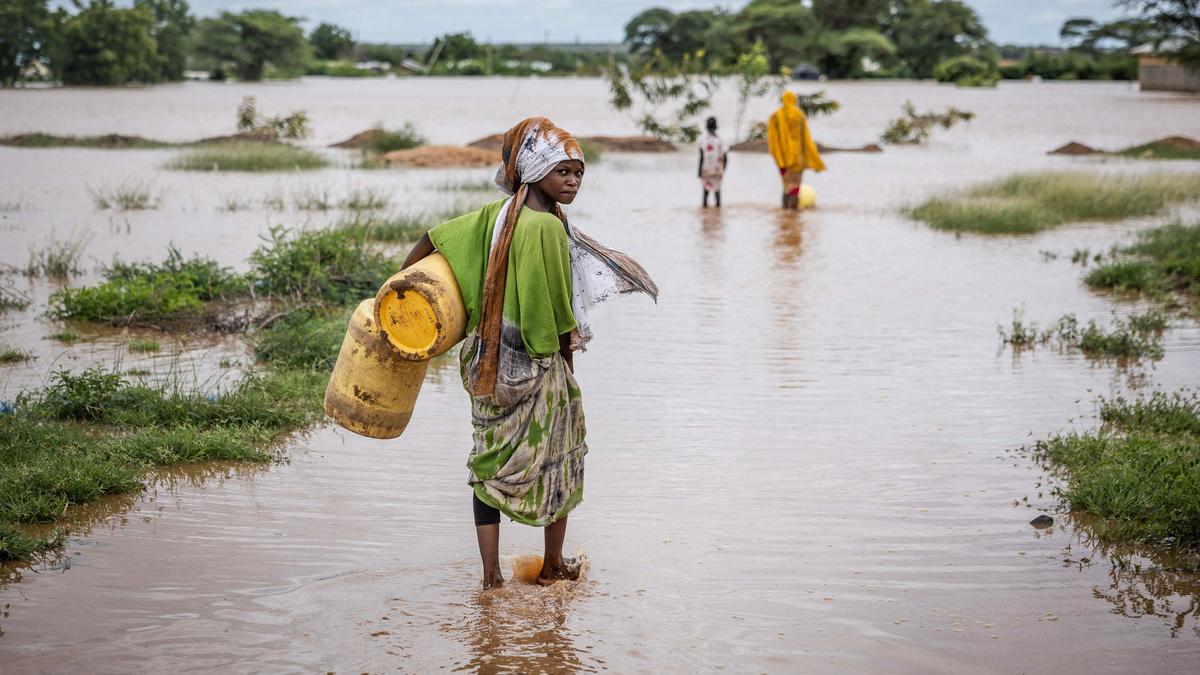
What are the reasons and concerns related to floods in Kenya? | Explained Premium
The Hindu
The Hindu examines the floods in Kenya and examines what explains the prevaling conditions of incessant rain and damaging floods
The story so far: India on May 14 sent fresh consignments of relief materials, including medicines and essential supplies, to the flood-affected people of Kenya, as the nation continues to reel under the impact of incessant rainfall and flooding.
At least 2,000 schools in Kenya could not open on Monday despite an announcement to this effect by President William Ruto, after weeks of incessant rainfall and flooding in the country, local media reported. President Ruto had, on May 8, announced that all schools will reopen on Monday, saying that the decision was made in consultation with the Kenya Meteorological Department.
Heavy rains and flash floods have in east Africa have impacted approximately 848,773 people across Kenya, Somalia, Burundi and Tanzania, including displacing 350,155 persons, according to the United Nations Office for the Coordination of Humanitarian Affairs (OCHA).
Kenya usually has two rainfall seasons – the long rain season that lasts from March to May, and the short rain season from October to December. The 2023 short rain season also caused floods in the country. Now, Kenya has been facing heavy rainfall since March, and although flooding in Nairobi and other parts of the country is not unusual, the deluge has been attributed to the El Niño weather pattern.
El Niño typically causes sea surface temperatures in the central and eastern Pacific Ocean to rise and become warmer than usual. During El Niño, surface temperatures in the equatorial Pacific rise, and trade winds — east-west winds that blow near the Equator — weaken. Normally, easterly trade winds blow from the Americas towards Asia. Due to El Niño, they falter and change direction to turn into westerlies, bringing warm water from the western Pacific towards the Americas.
In Kenya and East Africa, El Niño often causes above-average rainfall. According to UNOCHA, the impact of El Niño-induced heavy rains and flooding during the long rainy season (March-May) has been devastating across in Kenya as well other countries in East Africa, like Burundi, Somalia, Rwanda, and Tanzania.
In March, the 2023-24 El Niño peaked as one of the five strongest on record and continued to impact global climate in the following months despite a weakening trend, the World Meteorological Organisation said.

 Run 3 Space | Play Space Running Game
Run 3 Space | Play Space Running Game Traffic Jam 3D | Online Racing Game
Traffic Jam 3D | Online Racing Game Duck Hunt | Play Old Classic Game
Duck Hunt | Play Old Classic Game











